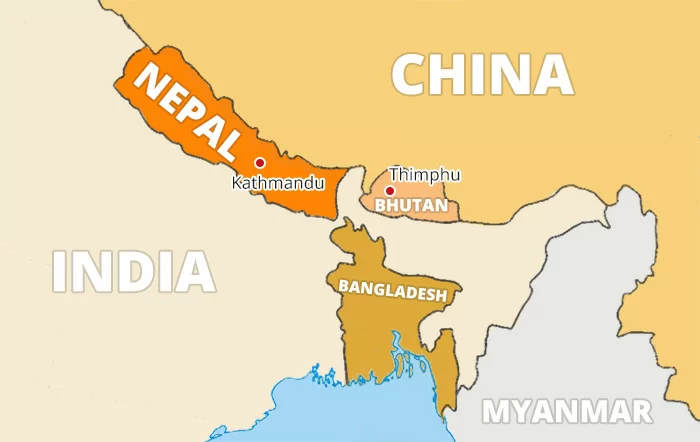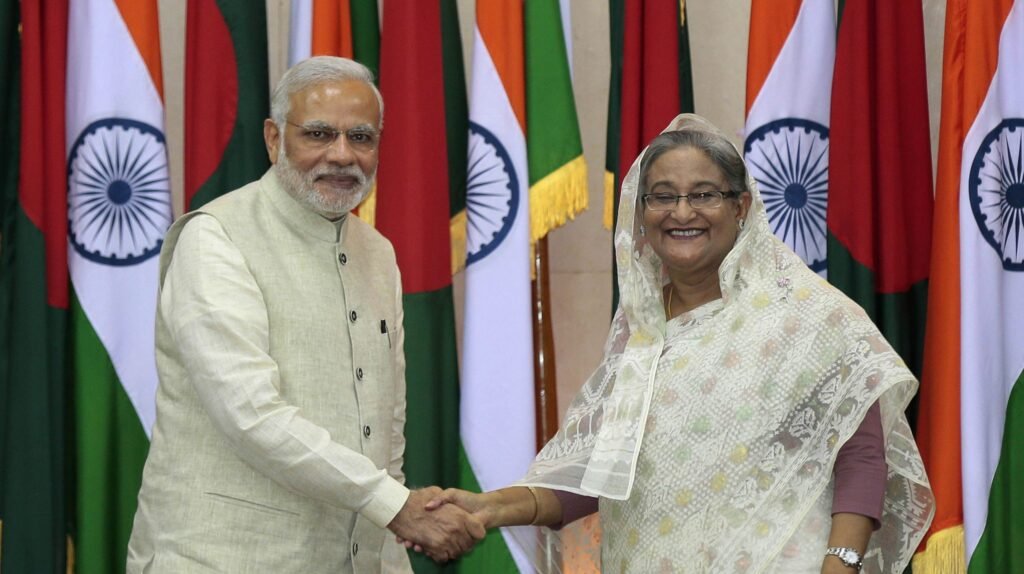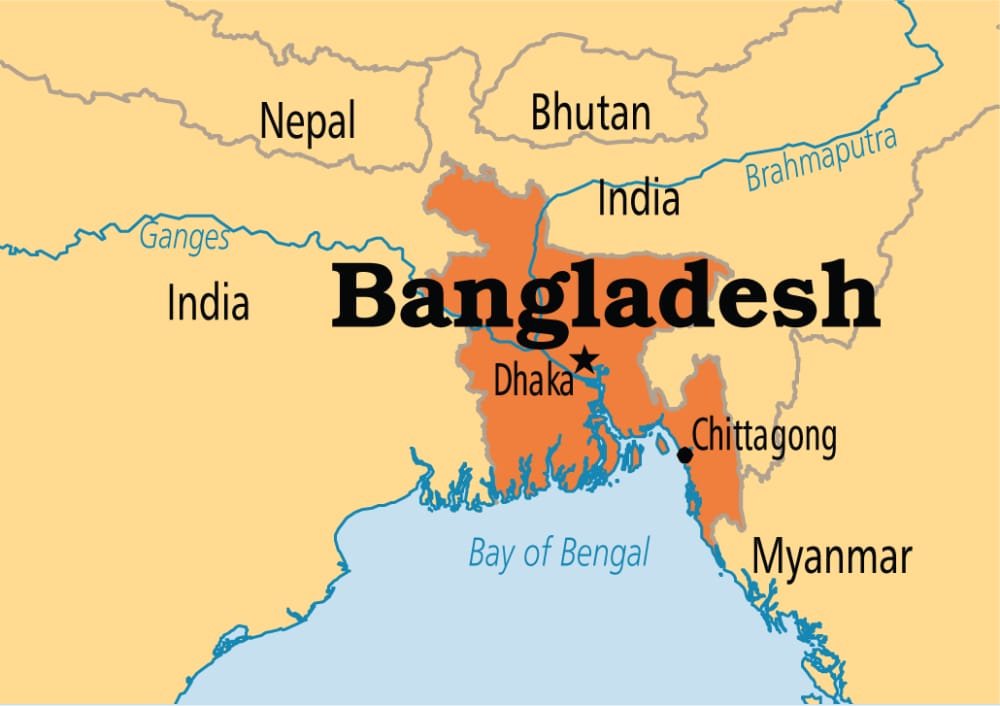Bangladesh and India share a complex and multifaceted relationship, spanning historical, cultural, economic, and geopolitical dimensions. This relationship has evolved significantly since Bangladesh gained independence from Pakistan in 1971, with both countries navigating a myriad of challenges and opportunities. In this essay, I will explore the various aspects of the Bangladesh-India relationship, analyzing its historical context, current state, and prospects.
1. Historical Context:
The history of Bangladesh-India relations is deeply intertwined with the struggle for Bangladeshi independence from Pakistan. India played a crucial role in supporting the Bangladesh Liberation War in 1971, providing sanctuary to millions of refugees and ultimately militarily intervening in support of the Bangladeshi cause. The Indo-Bangladesh Treaty of Friendship, Cooperation, and Peace, signed in 1972, laid the foundation for bilateral ties, emphasizing mutual respect, sovereignty, and non-interference in each other’s internal affairs.

2. Political Relations:
Political relations between Bangladesh and India have generally been cordial, with both countries maintaining high-level diplomatic engagements. Over the years, various agreements have been signed to enhance cooperation in areas such as security, trade, and infrastructure development. However, there have been occasional tensions, particularly over issues like river water sharing, border disputes, and illegal immigration. Despite these challenges, both countries have demonstrated a commitment to resolving their differences through dialogue and bilateral mechanisms.
3. Economic Cooperation:
Economic cooperation between Bangladesh and India has witnessed significant growth in recent years. India is one of Bangladesh’s largest trading partners, with bilateral trade crossing billions of dollars annually. Both countries have taken steps to enhance connectivity through initiatives such as the India-Bangladesh Friendship Pipeline and the construction of new border checkpoints. Furthermore, Indian investment in Bangladesh has been steadily increasing, particularly in sectors such as textiles, manufacturing, and infrastructure development.

4. Cultural and People-to-People Ties:
Cultural and people-to-people ties between Bangladesh and India are deep-rooted and multifaceted. Shared historical and cultural heritage, linguistic similarities, and familial connections contribute to a strong bond between the two nations. Cultural exchanges, such as music, art, literature, and sports, play a crucial role in fostering mutual understanding and goodwill. Additionally, millions of Bangladeshis and Indians cross the border each year for tourism, medical treatment, education, and family visits, further strengthening people-to-people interactions.
5. Security Cooperation:
Security cooperation between Bangladesh and India is vital for maintaining regional stability and countering common threats such as terrorism, extremism, and transnational crime. Both countries have signed various agreements to enhance cooperation in intelligence sharing, counter-terrorism operations, and border security. However, security challenges persist, including insurgent activities along the India-Bangladesh border and concerns over radicalization and religious extremism in the region. Joint efforts are ongoing to address these challenges through coordinated action and intelligence-sharing mechanisms.
6. Regional and Global Engagements:
Bangladesh and India are active participants in regional and global forums such as the South Asian Association for Regional Cooperation (SAARC), the Bay of Bengal Initiative for Multi-Sectoral Technical and Economic Cooperation (BIMSTEC), and the United Nations. Both countries collaborate on issues of mutual interest, including climate change, sustainable development, and regional integration. However, geopolitical dynamics and strategic considerations sometimes lead to divergent interests, particularly in the context of India’s relations with other neighboring countries such as Pakistan and China.
7. Challenges and Opportunities:
Despite the overall positive trajectory of Bangladesh-India relations, several challenges persist, including unresolved border disputes, water-sharing issues, and occasional diplomatic tensions. Additionally, the rise of nationalist and protectionist sentiments in both countries could potentially strain bilateral ties. However, there are also significant opportunities for further cooperation and collaboration, particularly in areas such as trade, investment, connectivity, and people-to-people exchanges. Enhanced cooperation between Bangladesh and India could not only benefit both countries but also contribute to regional peace, stability, and prosperity.

8. Conclusion:
In conclusion, the Bangladesh-India relationship is characterized by a mix of historical ties, political engagements, economic cooperation, cultural affinities, and security concerns. While the relationship has faced its share of challenges, both countries have demonstrated a willingness to engage in constructive dialogue and cooperation to address mutual concerns and capitalize on shared opportunities. As Bangladesh and India continue to grow and evolve in the 21st century, nurturing a strong and mutually beneficial partnership will be crucial for promoting peace, stability, and prosperity in the region.
